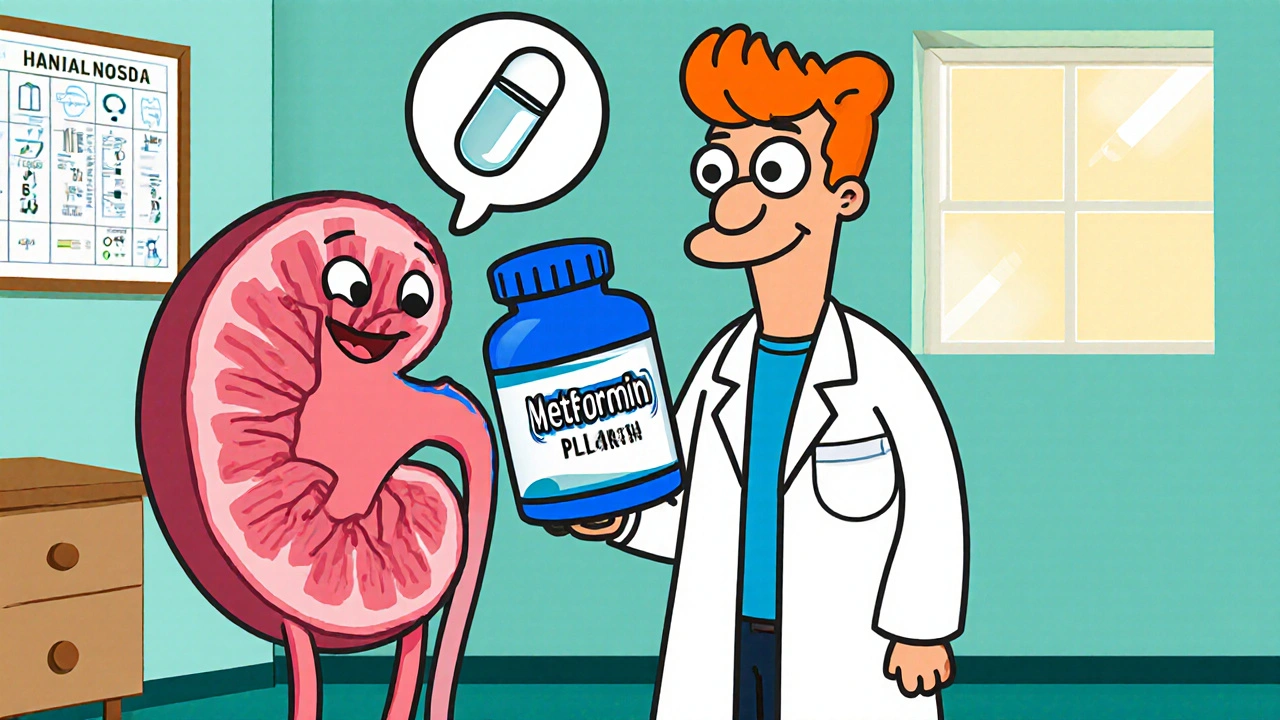If you’re scrolling through health info, you’ve probably seen a flood of headlines about new diabetes drugs. It can feel overwhelming, but you don’t need a PhD to figure out what works for you. On this page we break down the biggest changes in 2025, point out solid alternatives to the old‑school meds, and give you straightforward steps to keep your blood sugar in check.
First up, the buzz around once‑weekly injections and combo pills. These aren’t just marketing gimmicks – they actually cut down the number of shots or pills you need each day. The newest non‑sulfonylurea options, like the weekly GLP‑1 shots, target blood sugar spikes while also helping with weight loss. If pill fatigue is real for you, combo pills that bundle a GLP‑1 with a low‑dose SGLT2 are worth a chat with your doctor. Most users report fewer stomach issues and steadier glucose levels compared with older sulfonylureas.
Not everyone can jump straight to the latest injectables. Metformin is still the go‑to, but many people need a backup or want a more natural route. In 2024, berberine – a plant compound found in goldenseal – got a lot of attention for its ability to improve insulin sensitivity with minimal side effects. Prescription alternatives like Ozempic and Rybelsus also showed strong results, especially for those who need extra insulin support. The key is to weigh benefits, possible drug interactions, and how each option fits your daily routine.
Choosing the right therapy starts with honest self‑assessment. Do you remember to take a pill every morning? Does a weekly shot sound easier? Talk to your healthcare provider about your lifestyle, kidney function, and any other meds you’re on. A clear plan helps you avoid the trial‑and‑error phase that many patients dread.
Besides meds, lifestyle tweaks make a huge difference. A 30‑minute walk after meals can lower post‑meal spikes more effectively than an extra dose of medication. Swapping refined carbs for high‑fiber veggies keeps glucose steady, and staying hydrated helps kidneys flush excess sugar. Small, consistent changes add up and often let you stay on a lower drug dose.
When you’re reviewing the articles on this site, look for practical takeaways: dosage schedules, common side effects, and real‑world experiences from people who’ve tried the drugs. Learning from others saves time and helps you set realistic expectations.
Bottom line: diabetes care in 2025 offers more options than ever, from weekly shots to natural supplements. Pick a strategy that matches your routine, stay active, and keep the conversation open with your doctor. With the right mix, you can keep blood sugar under control without feeling like you’re on a constant medication treadmill.

Learn how to safely monitor kidney function and adjust metformin dosing, with clear eGFR thresholds, monitoring schedules, and practical tips for clinicians.

Practical tips to keep blood sugar steady during festive meals, travel, and stress. Learn monitoring tricks, smart food choices, and coping strategies for a healthy holiday season.

The landscape of type 2 diabetes care is changing fast. This deep-dive explores top non-sulfonylurea drugs available in 2025, with a special focus on once-weekly injectables and smart combo pills. Perfect for anyone tired of daily pill routines or worried about the old-school sulfonylureas. Discover how new medications are helping real people manage their blood sugar with less hassle—and fewer side effects.

Exploring alternatives to Metformin can help individuals seeking different or additional methods to manage blood sugar levels. In 2024, options like Berberine offer natural pathways with fewer side effects, while prescription medications such as Ozempic and Rybelsus provide insulin-stimulating benefits. It's essential to consider the pros and cons of each alternative, including potential interactions and side effects. Each choice presents unique benefits for managing type 2 diabetes and should be discussed with a healthcare provider.